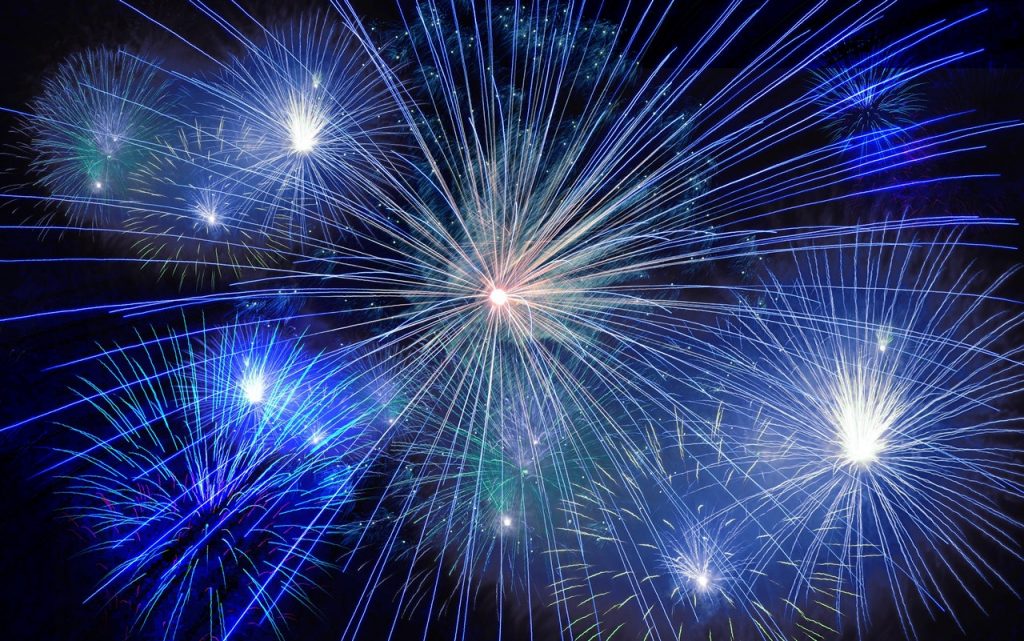Why its hard to create blue fireworks
Firecrackers were invented serendipitously from the Chinese in 200 B.C. However, it was not until one thousand years after that Chinese alchemists developed fireworks in 800 A.D. These ancient fireworks were mostly bright and noisy concoctions made to frighten evil spirits, not the colourful, controlled explosions we see now. Adding the element strontium into a colour pyrotechnic mix produces a reddish flame; aluminium, blue; barium, green; and sodium for yellow.
Too much or too little of these chemicals make substantial changes in the temperature and so the wavelength of colour seen.
Not all colours of fireworks are equally simple to create. Many in the pyrotechnic research and development industry would concur with me that blue is the most difficult colour to create.
That’s because the evening sky is a shade of blue, meaning that many blues don’t appear as well. The ideal balance of aluminium and other substances from the fire or combustion reaction create the very best blue colour fire in a firework.
Another problem in creating an intense blue colour is the chemistry isn’t simple. It requires a blend of many substances and the element copper. When copper ignites, the electrons surrounding the aluminium atoms become energized and excited in the flame. Each colour works the same way. As different components spark, they release different wavelengths of light that interpret as different colours. So once you see blue-coloured dots of light producing a blueprint at the night sky, you’re seeing exciting electrons releasing energy as blue light.




